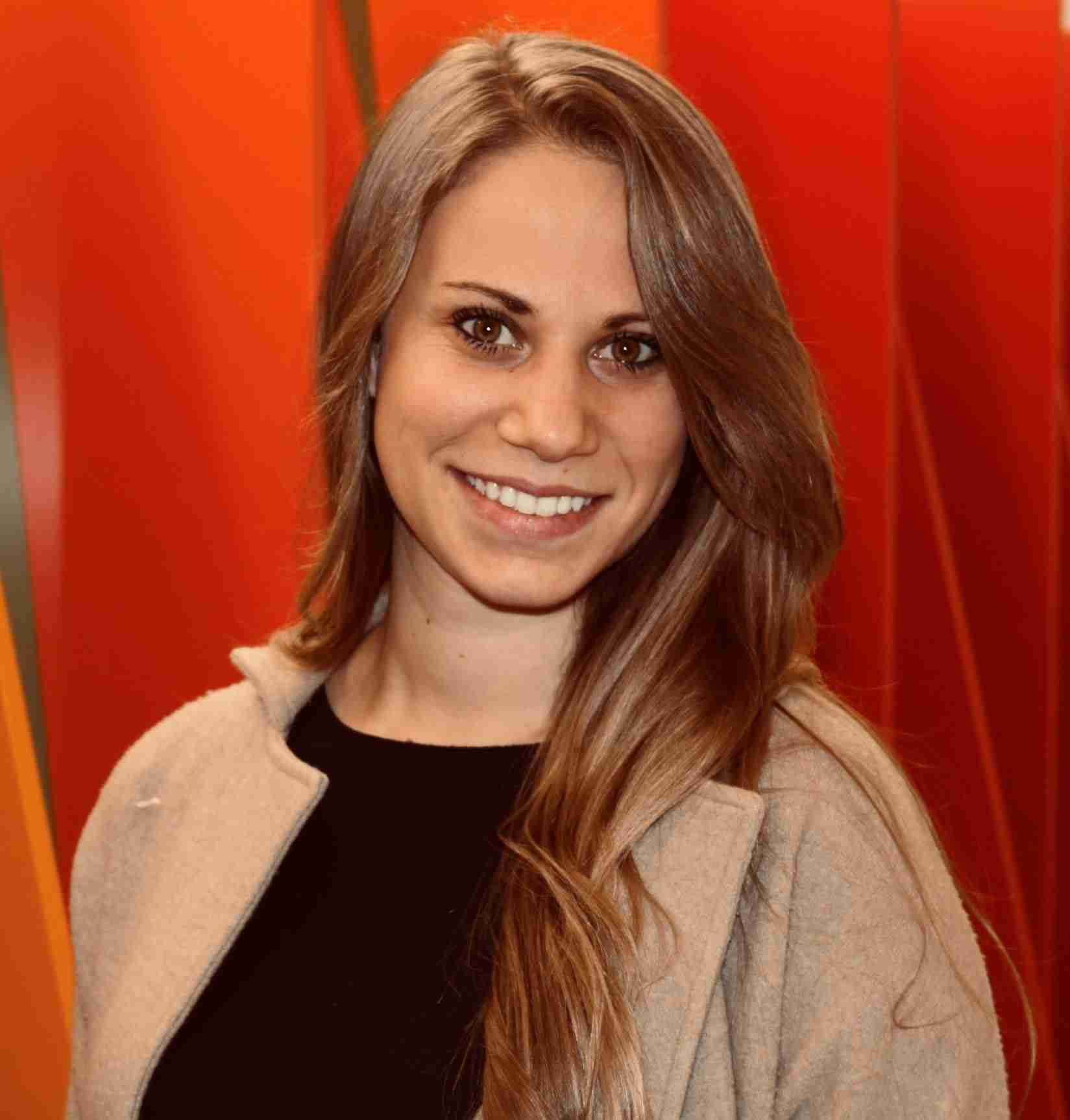Development of An Affordable, Novel, Patient-Centric Phantom to Determine Optimal SGRT Camera Settings for a Diverse Skin Tone Range
V Bry*, K Almazan, J Hernandez, S Buxton, M Allahar, L Rocha, K Papanikolaou, T Wagner, K Rasmussen, University of Texas HSC SA, San Antonio, TX
Presentations
TU-I345-IePD-F5-3 (Tuesday, 7/12/2022) 3:45 PM - 4:15 PM [Eastern Time (GMT-4)]
Exhibit Hall | Forum 5
Purpose: Surface guided imaging requires optimization of specific camera settings to generate a smooth and continuous surface for accurate positioning and motion tracking. These settings need to be customized for each patient due to the diverse range of skin tones. For this study, a novel application of commonly available materials was used to create affordable phantoms designed to represent a wide range of patient’s skin tones.
Methods: Four different skin tone phantoms (repurposed ceramic skulls) were painted using different shades of commonly available matte makeup foundations. Six clinical users of the system quantified optimal integration time (µs) and signal amplification (or Gain, %) values. A head cushion was molded to provide a reproducible setup and positioning. Values were determined using the C-RAD Sentinel, positioned in CT simulation, and Catalyst HD system, positioned in the radiotherapy treatment room. Values were obtained for each camera (Sentinel = one camera & Catalyst HD = 3 cameras) and averaged to model trends.
Results: The average exposure time (T) and gain (G) values for the Catalyst HD in order from Lightest to Darkest tones were T:3617µs/G:283%, T:5092µs/G:358%, T:9875µs/G:333%, and T:12667µs/G:375%. Average camera setting values for the Sentinel in order from Lightest to Darkest tones were T:2000µs/G:450%, T:8000µs/G:400%, T:12000µs/G:350%, and T:13500µs/G:350%. Values demonstrate an upward trend for exposure time from lighter skin tones to darker skin tones while the gain values remain more linear. The total cost of materials for this project was less than $50 USD, making it affordable for any clinic.
Conclusion: This system can be used to determine default optimal camera settings for multiple skin tones clinically seen. Improving these preset settings may still require manual refinement for each patient but should improve the overall workflow efficiency.
Funding Support, Disclosures, and Conflict of Interest: This research was funded in part by C-RAD, the Cancer Prevention and Research Institute of Texas (CPRIT) Research Training Award Number RP170345 and the National Center for Advancing Translational Sciences (NCATS) of the National Institutes of Health (NIH) under Award Number TL1TR002647.
Keywords
Not Applicable / None Entered.
Taxonomy
Not Applicable / None Entered.
Contact Email



